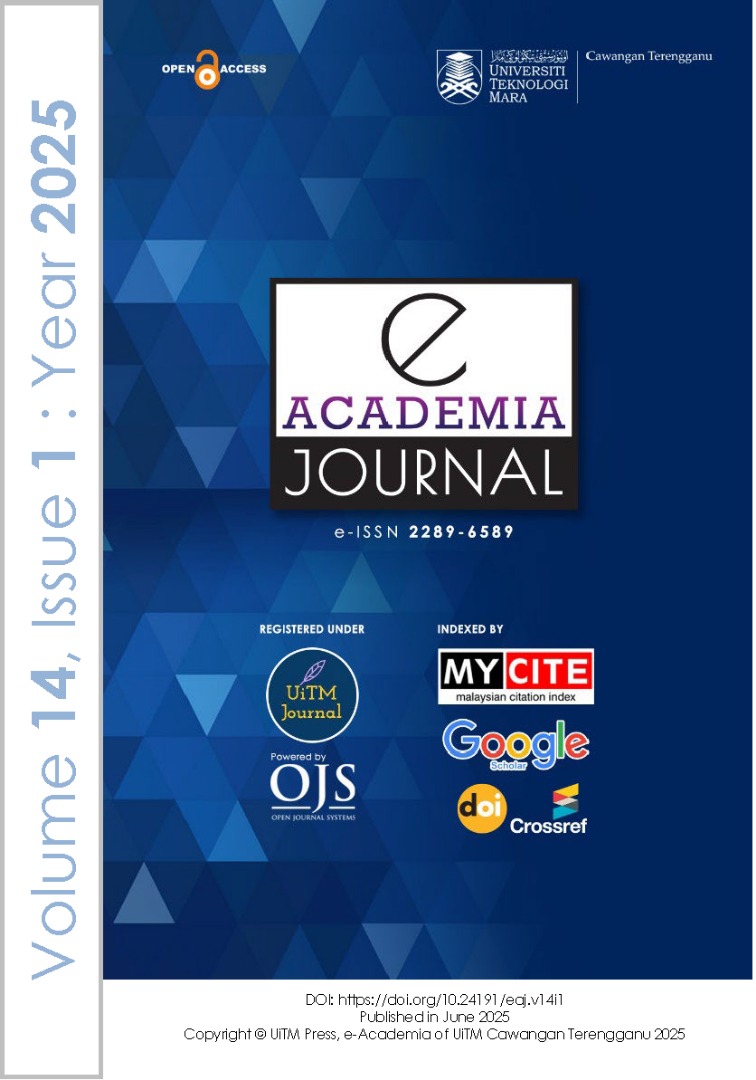Forecasting Tourist Arrivals in Langkawi Island: A Time Series Analysis
DOI:
https://doi.org/10.24191/eaj.v14i1.5627Abstract
Langkawi, a renowned island in Malaysia, is one of the country's main tourist attractions celebrated for its natural beauty and unique features. The Covid-19 pandemic had a major effect on travel worldwide, resulting in major disruptions and a huge drop in tourist arrivals. To aid the economic recovery and strategic planning endeavours, a programme 'Visiting Kedah 2025' has been announced by the state government of Kedah to encourage the tourists to visit all the tourist attractions in Kedah, especially in Langkawi. Overall, it is reasonable to forecast the number of tourist arrivals in Langkawi as the island is predicted to be visited more often by tourists by the year 2025. Hence, this study aims to analyse the tourist arrival pattern, identify the best forecasting model, and provide monthly forecast value for tourist arrivals in Langkawi for the next 13 months. Therefore, the number of tourist arrivals is modelled and forecasted using the Seasonal Autoregressive Integrated Moving Average (SARIMA) model to have a better understanding towards the trend pattern. This study used the data set of the number of tourist arrivals for both domestic and international arrivals from January 2010 until June 2024, which was obtained from the official website of the Langkawi Development Authority (LADA). The best model was chosen based on the lowest value of Akaike’s Information Criterion (AIC) and Bayesian Information Criterion (BIC). The SARIMA model was chosen to be the most suitable for forecasting the tourist arrivals in Langkawi from July 2024 to July 2025. Based on the findings, the forecast value for the number of tourist arrivals is projected to rise from 239067.7 in July 2024 to 246778.0 in July 2025.
Downloads
Published
Issue
Section
License
Copyright (c) 2025 e-Academia Journal

This work is licensed under a Creative Commons Attribution 4.0 International License.









